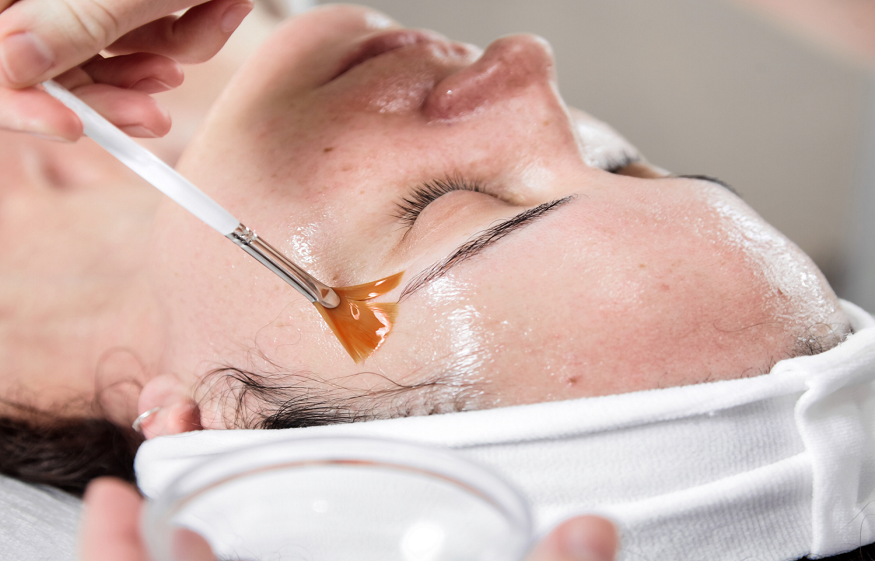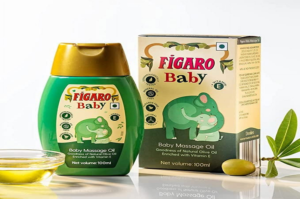A Comprehensive Guide to Chemical Peels in Twin Falls

Every single day, our skin gets exposed to pollutants, sun rays, and wind. Given the weather in Twin Falls, even seasonal changes have an impact on skin tone and texture. If you are looking for a way to get better-looking skin, chemical peels could be a choice. Clinics like therjcidaho.com offer minimally invasive treatments, and you can get a personalized treatment plan. At The Regenerative & Joint Clinic in Twin Falls, aesthetic experts will check the skin texture and concerns and recommend the right chemical peel. You also have the choice of wrinkle reducers and dermal fillers. In this guide, we will take you through chemical peels and how they work.
What Is a Chemical Peel?
A chemical peel is exactly what it sounds like. It contains a chemical solution that removes the damaged outer layer of the skin to expose softer skin underneath and promote new cell growth. Controlled exfoliation helps improve both the texture and tone of the skin. When should you consider using a chemical peel? The treatment is best for sun-damaged skin, fine lines and wrinkles, and uneven skin tone. Chemical peels also work for mild acne scars, surface blemishes, and hyperpigmentation.
Types of Chemical Peels
The first one is superficial peels, which are light and have mild acids, such as alpha‑hydroxy acids. Ideal for those who have never used chemical peels. The treatment is safe and has no downtime. Medium Peels, on the other hand, penetrate deeper for more noticeable improvement and are great for treating sunspots, mild wrinkles, and moderate pigmentation. There are also deep peels, which can help with scarring and severe sun damage. Don’t be tempted to believe that a strong chemical peel is always better.
Benefits of Chemical Peels
First, chemical peels improve both skin texture and clarity by removing dead skin. Most people also agree that fine lines and early wrinkles improve considerably. Peels also have a brightening effect, especially for sun-exposed skin. It can also help reduce mild acne scars and pigmentation issues. If you use further topical treatments, your skin layers are likely to respond better.
What Happens During the Procedure?
The first consultation is about discussing your goals, skin concerns, and overall medical history. If the aesthetic doctor believes you can benefit from chemical peels, they will schedule a second appointment. During that one, the skin will be first cleaned, following which the chemical solution will be used for a fixed time. You may feel mild tingling or sensation on the skin, especially for medium to deep peels. The treatment time is usually less than sixty minutes, depending on the peel used.
Aftercare and Beyond
There is usually some redness and peeling after light peels. Moderate to strong peels may involve downtime of a few days. It is critical to avoid sun exposure for at least 24 hours, especially given the high UV exposure in Twin Falls. Ensure you always use SPF and products recommended by the doctor. Do not pick or scratch the skin. Always use gentle cleansers for the next few days.
Other Things to Know
Chemical peels aren’t advisable for those who have sensitive skin or active infections. There are potential side effects, including redness, dryness, and temporary sensitivity, but these should subside in a few days. Do not try medium or strong peels. These are professional-grade solutions, which should be used under medical supervision. Post-care instructions are just as necessary.
Ensure you select a renowned clinic for chemical peels in Twin Falls, so that you can get a complete skin assessment with additional advice. You can also discuss other concerns, such as loss of volume and dynamic wrinkles. Most aesthetic clinics have minimally invasive options for common age-related concerns.





